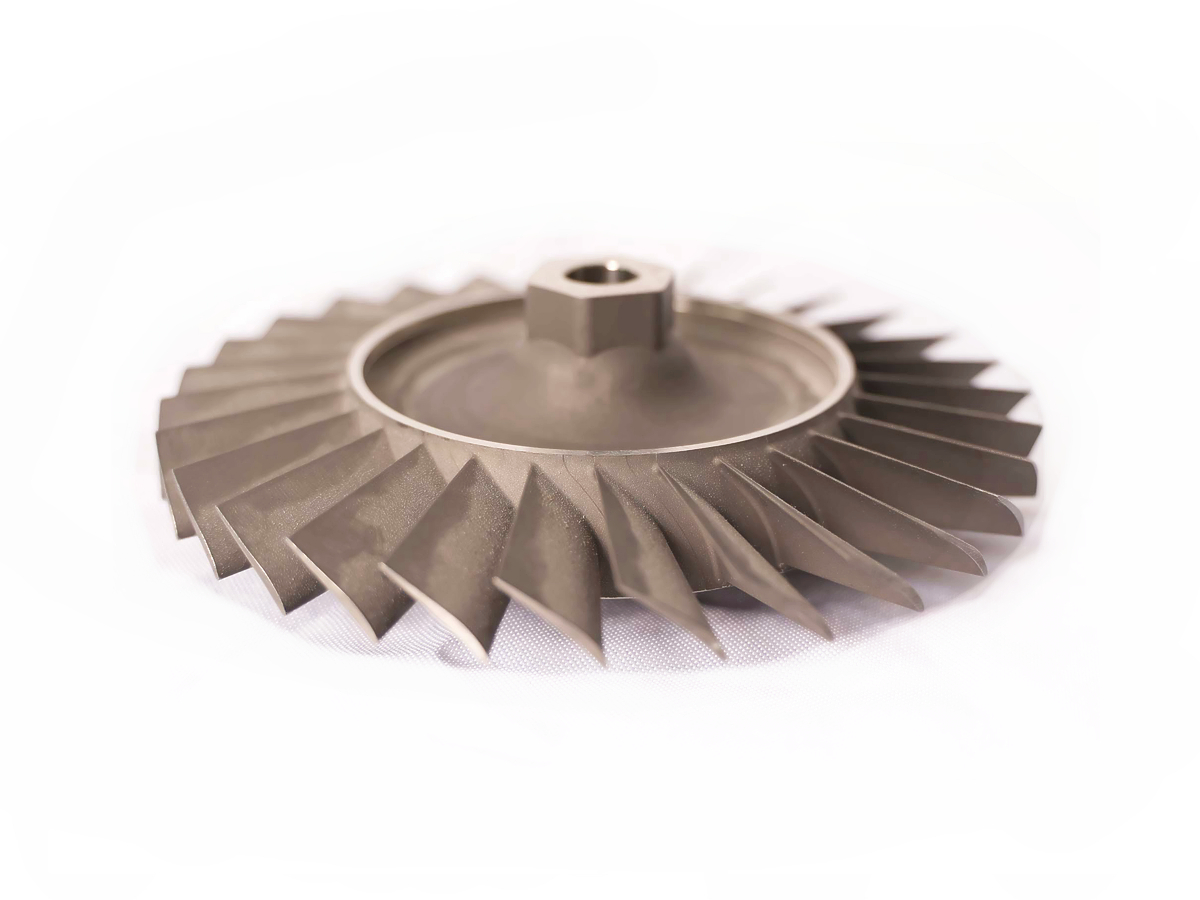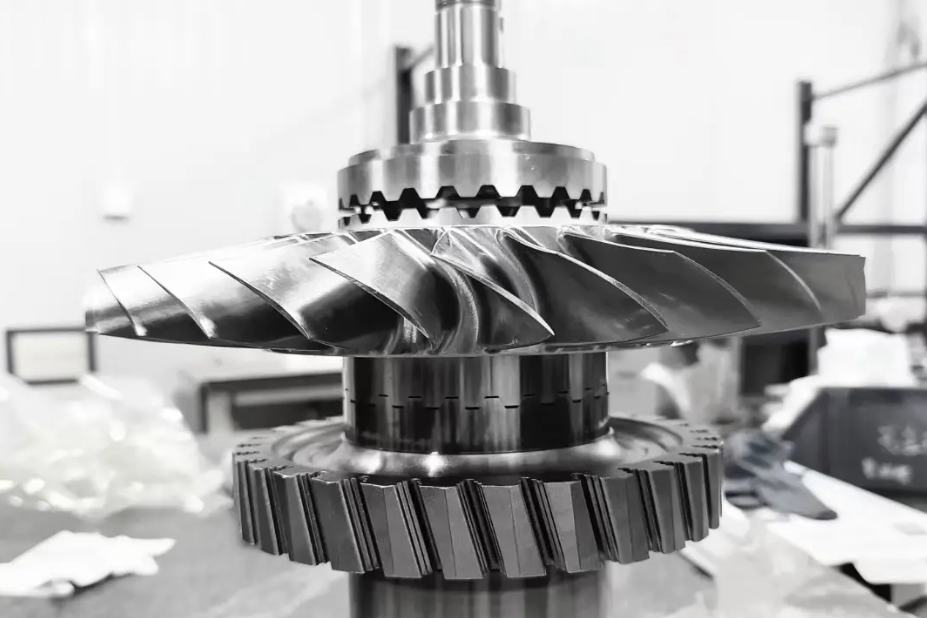How can I evaluate whether a superalloy component meets machining quality requirements?
Evaluating the machining quality of a superalloy component requires a multi-faceted inspection protocol that goes far beyond simple dimensional checks. Given the critical applications of these components in industries like aerospace and aviation and power generation, quality assurance must verify geometric accuracy, surface integrity, material properties, and documentation.
Comprehensive Dimensional and Geometric Verification
The first line of evaluation is confirming the component conforms to the design print. This involves using Coordinate Measuring Machines (CMM) to validate critical dimensions, geometric tolerances (flatness, circularity, concentricity), and datum structures. For complex free-form surfaces, laser scanning or optical comparators may be employed. It is crucial to remember that a part may measure correctly immediately after machining but distort later due to residual stress. A key indicator of good process control is dimensional stability over time, which is why a stress relief heat treatment is often a non-negotiable step in the process, especially between roughing and finishing.
Critical Assessment of Surface Integrity
For superalloys, the condition of the surface and subsurface is as important as its dimensions. The evaluation must detect any evidence of machining-induced damage that could serve as a nucleation site for fatigue cracks. This includes:
Surface Finish: Measuring Ra (average roughness) and Rz (mean peak-to-valley height) to ensure they meet specifications. An excessively rough finish from an incorrect as machined surface finish can drastically reduce fatigue life.
Microcracks and Tears: Using liquid penetrant (dye check) or fluorescent penetrant inspection (FPI) to reveal surface-breaking defects invisible to the naked eye.
Work Hardening and White Layer: Metallographic sectioning and etching can reveal a work-hardened layer or a brittle "white layer" on the surface, both of which are detrimental. This is a key consideration after intensive operations like CNC grinding service.
Burrs and Sharp Edges: Visual and tactile inspection for burrs, which are stress concentrators. Their absence often indicates a well-optimized process and effective tumbling and deburring.
Validation of Material and Metallurgical Condition
Verifying that the machining process has not degraded the base material is essential. This involves:
Material Certification: Ensuring the raw material grade (e.g., Inconel 718) and heat number are correct and traceable.
Hardness Verification: Conducting hardness tests on designated areas to ensure the component has not been unintentionally softened or hardened by machining heat.
Heat Treatment Verification: Reviewing certifications for any post-machining heat treatments to ensure they were performed to the correct specification (e.g., AMS 2750).
Functional and Documentation Review
The final evaluation step ensures the part is fit for its function and fully documented. This includes a review of any surface treatment applied, such as PVD coating, to verify adhesion, thickness, and coverage. A comprehensive one stop service provider will deliver a complete data package, including First Article Inspection Reports (FAIR), material certs, heat treat certs, and NDT reports, providing full traceability from billet to finished part. This level of documentation is critical for components produced under low volume manufacturing or mass production service contracts for regulated industries.



